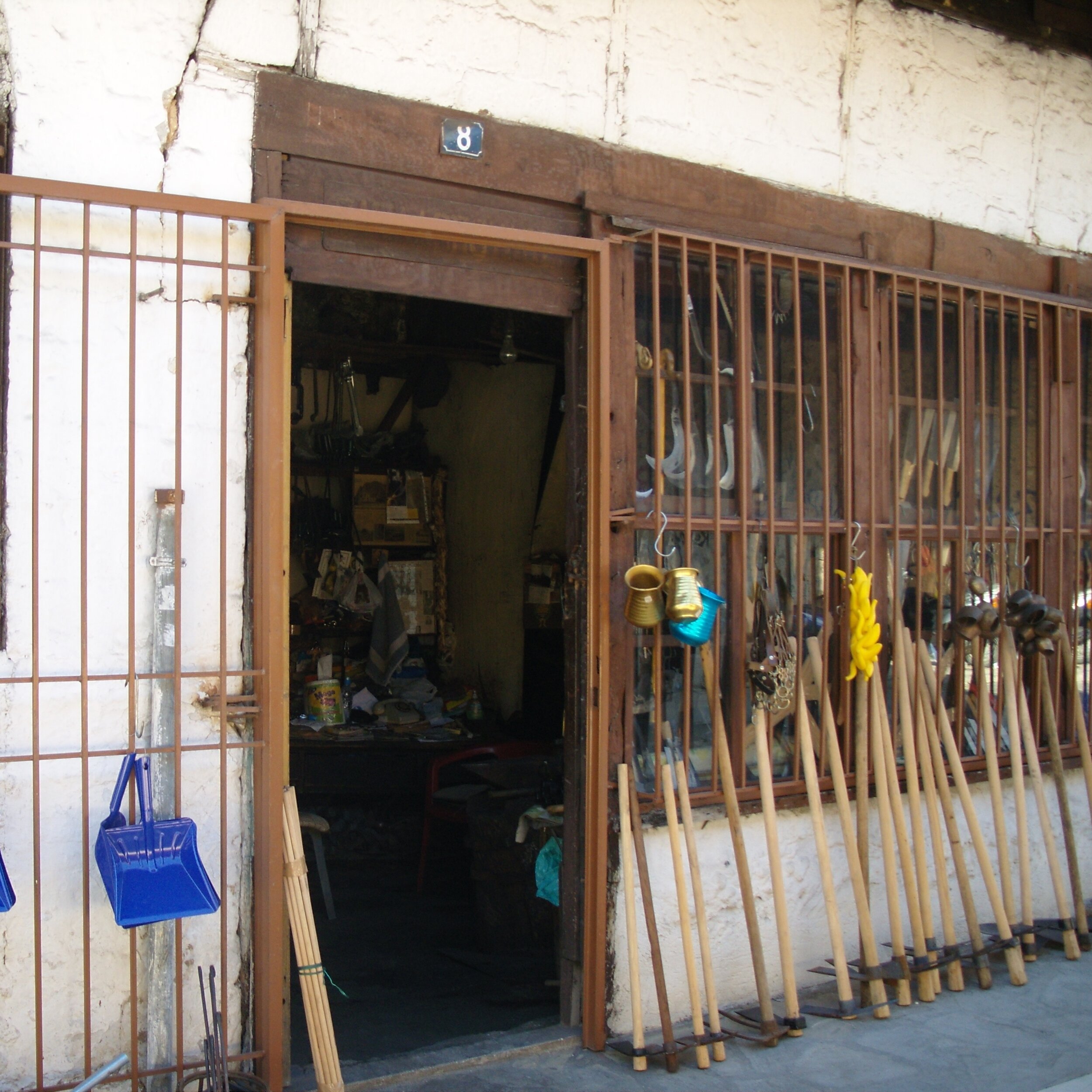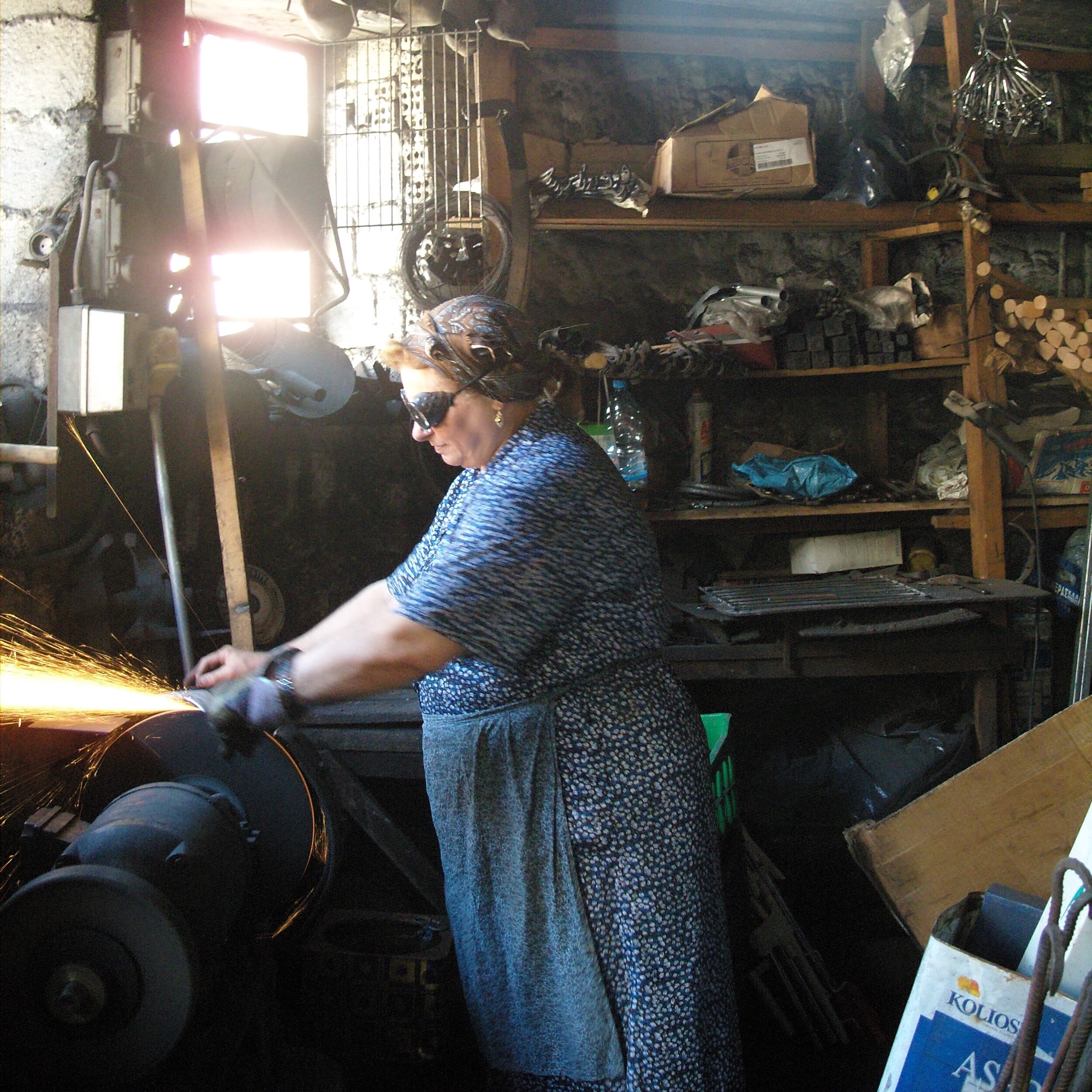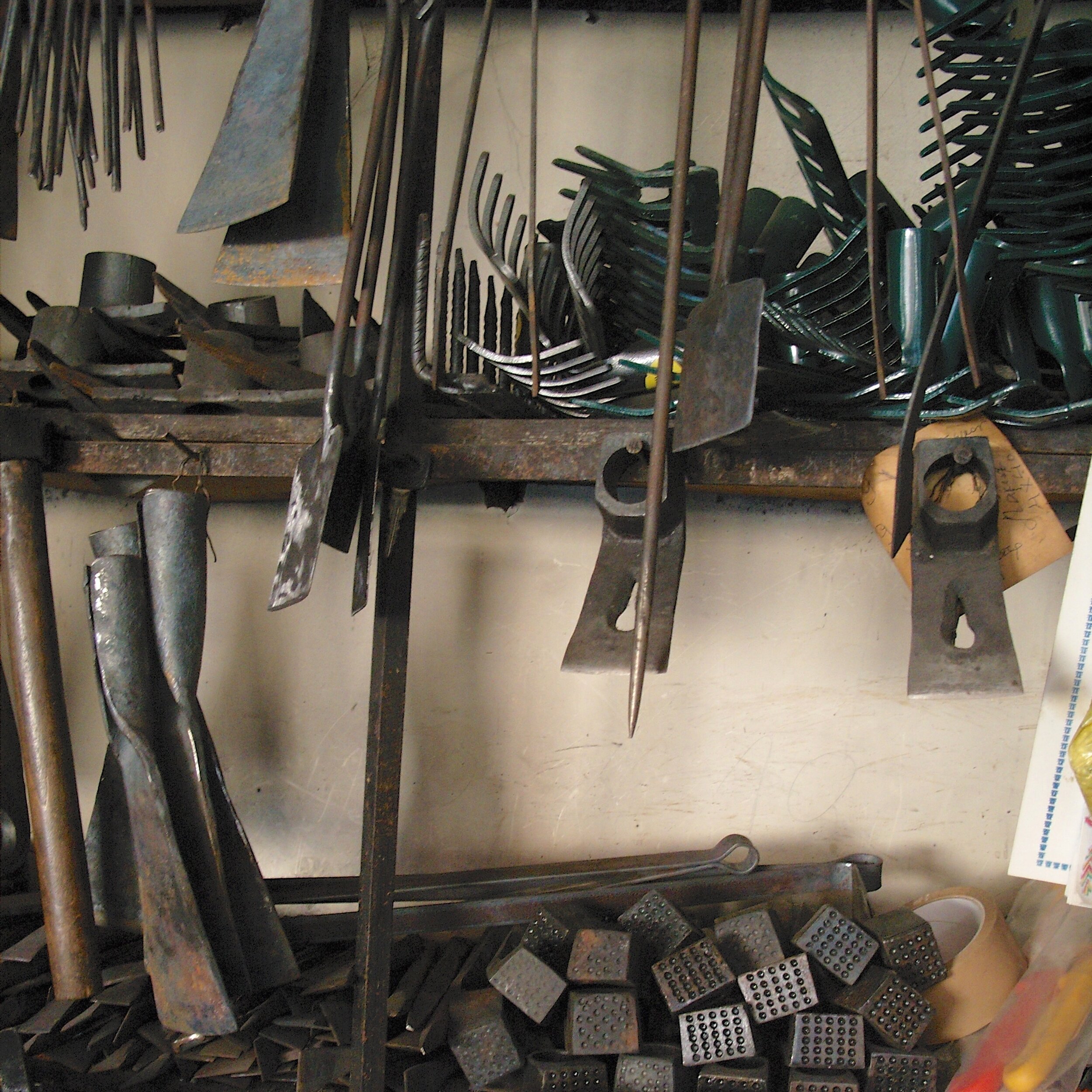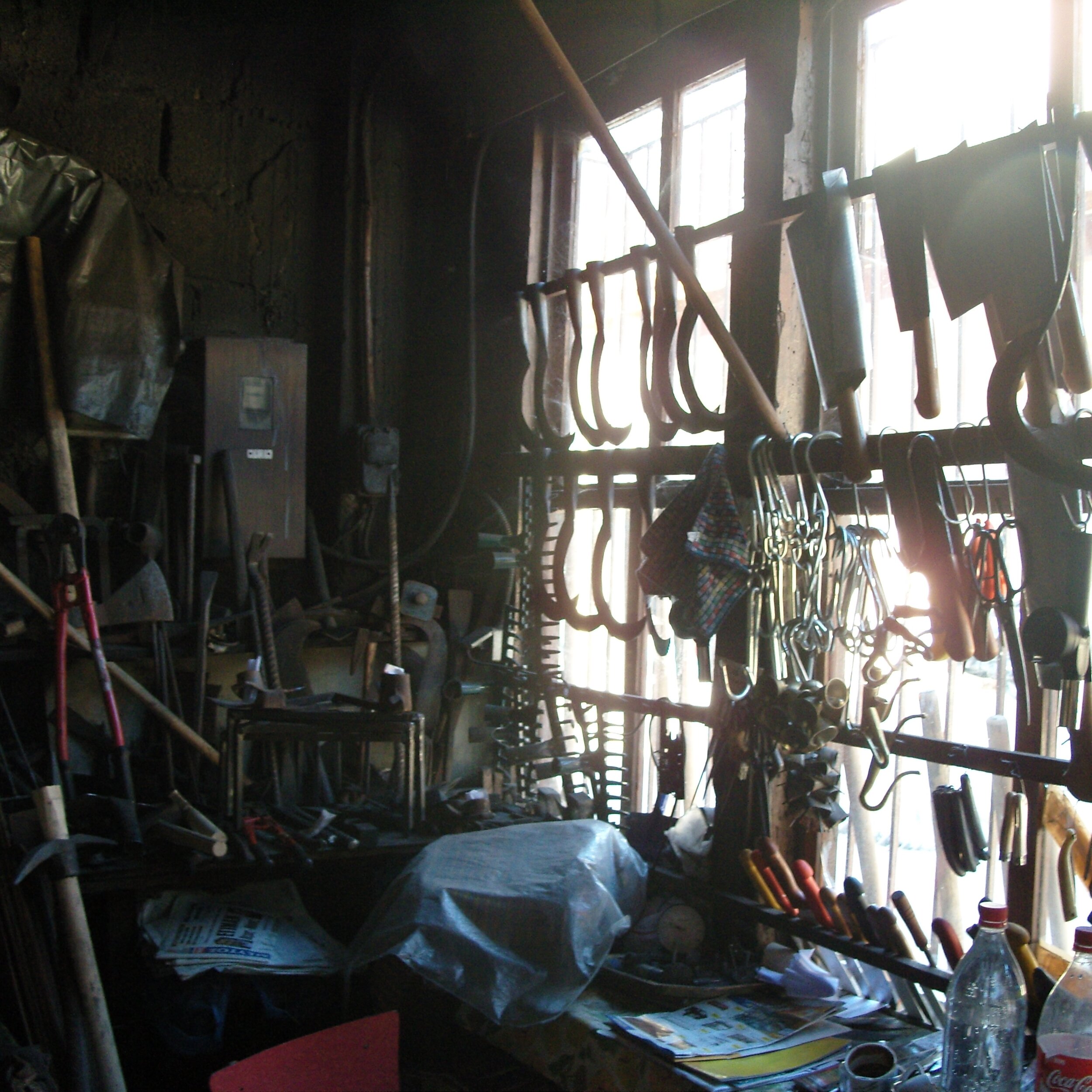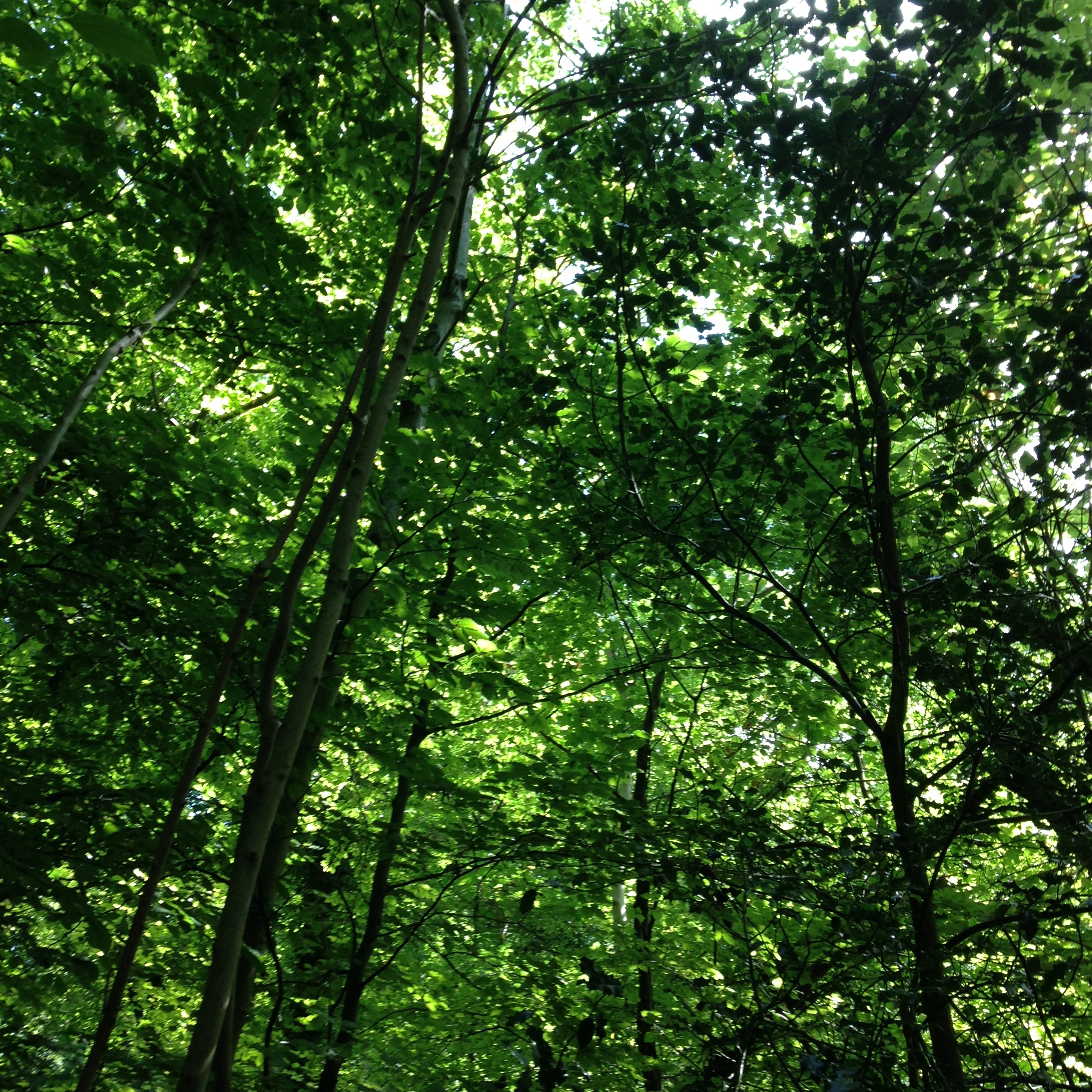This wire egg whisk is the latest addition to a small collection of wire kitchen utensils that I started collecting when I became intrigued by the clever way they were constructed of which some were even constructed from a single length of wire with articulated parts. Many of these products are no longer made as modern standards of hygiene have improved so their production has ceased. The attraction for me wasn’t only how they were made but their simple functionality which I’m attempting to incorporate into some of my production based work.
Compared to the modern equivalent there’s an absence of any identifying branding or endorsement which makes them difficult to place both in time or origin. Although this is something that modern day manufacturers and consumers seem to demand there is one retail brand that deliberately set out to avoid this. Muji was founded in 1980 in Japan and the name in Japanese translates as no brand quality goods. Ahead of its time in many other respects processes that had no bearing on a product’s quality were eliminated. For instance, if the bleaching process for pulp is omitted, the resulting paper is light beige in colour. Muji realised that this paper can be used for its packaging and labels as there is no additional value in bleaching the paper to turn it white. Fortunately there is now a small but growing movement amongst producers and consumers to consider what they are doing in a broader context and the consequences of their actions.
In the end I’m still not entirely sure what I will make if anything but I know I will take some inspiration from these objects in terms of their simple and straightforward design and manufacture. I also find myself drawn to their relative lightness compared to their strength which has been overtaken by modern equivalents made from plastic as it is a more hygienic material but equally light and strong.
To help with my own possible manufacturing process I bought a few specialist hand tools to twist and shape wire. I’d like to somehow juxtapose the wire components against another material possibly wood but in the meantime I’ll continue to look out for these and other inconspicuous everyday objects that are familiar to all of us but not necessarily considered despite an elegance derived at through years of refinement.
Making obsessive and often idiosyncratic collections of objects seems to form part of the working practices of some artists either as objects to record, inspire or even as objects in their own right. For me this is something I’ve practiced from my formative years but once they have served their purpose they get moved on leaving space for the next occupant.




